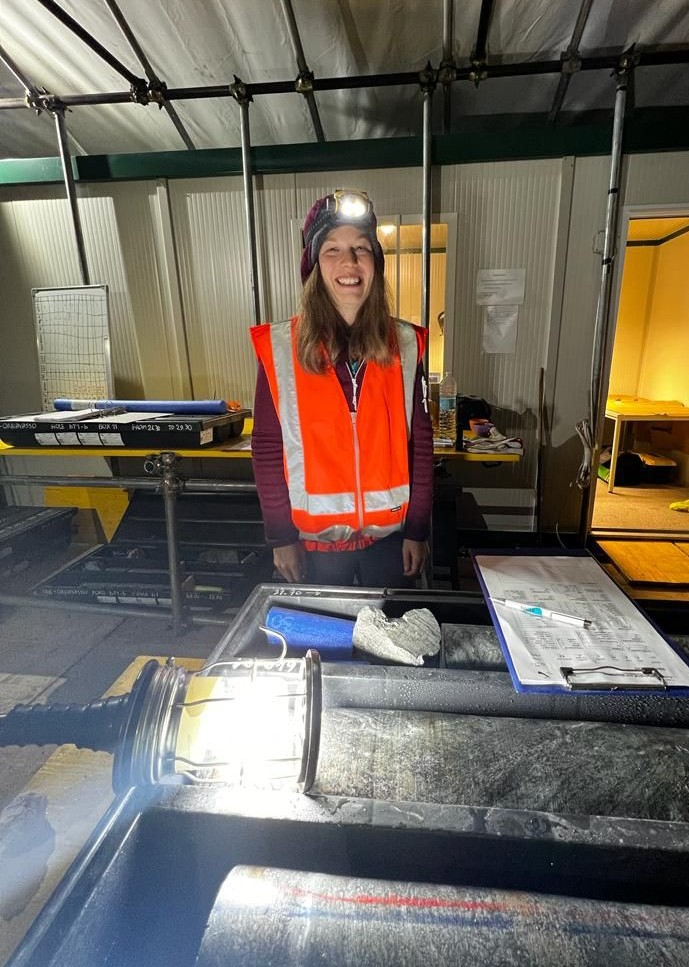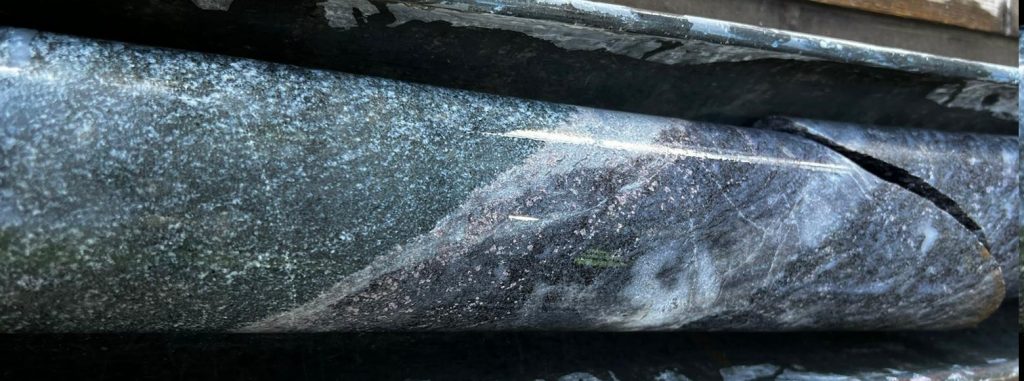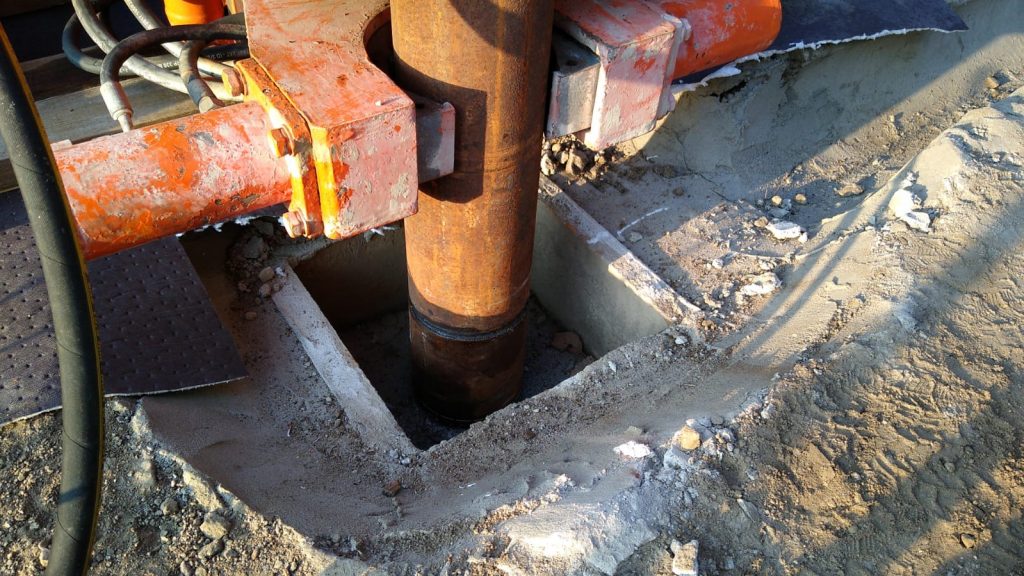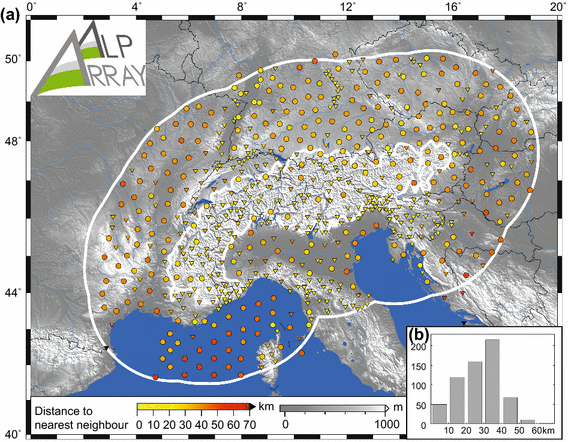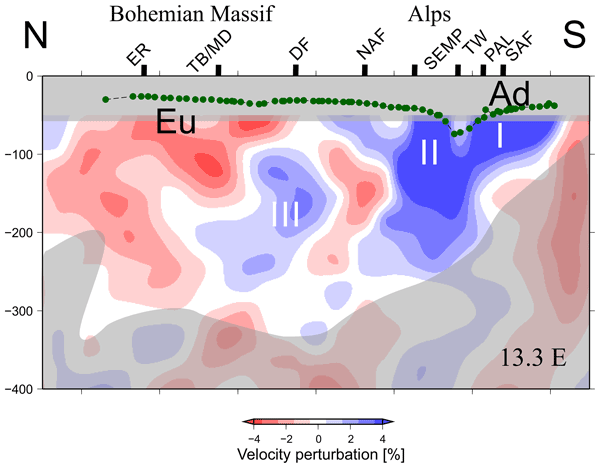Tomorrow – and it is not a joke – the entire AlpArray Seismic Network data will become publicly open.
A few numbers to mark this event… July 2011: planning and coordination start. May 2015: Memorandum of Understanding signed between numerous universities and observatories. January 2016 to March 2019: 39 months of operation of the entire network. March 2022: several temporary seismological stations are still running, or have become permanent. The total data archive size is on the order of few dozens TeraBytes.
The AlpArray Seismic Network was one of the largest, simultaneously operated, broadband seismological networks in the academic domain, employing hexagonal coverage with station spacing as shown below.
